A recent visit reminded me of the importance of the choice of table and chairs. The table, old and beautiful, was accompanied by recently purchased chairs that were aesthetically very appropriate but uncomfortable. The table was too short compared to the chairs, leaving too little legroom underneath, giving the impression that we were all propping the tabletop up with our feet. Also, the mismatched chairs made us sit too high up on the counter, and we were bending over a lot to eat, which was not comfortable. It's true, we are different in height and weight, but choosing the right table and chairs establishes certain ratios that make sitting comfortable for most of us. For the same comfort, the table should also be chosen according to the size of the space in which it will sit. In a generous space, any table, whatever shape or size, can fit in. But few homes have such spaces, far more are those where the table has a well-defined place. In this case it should be chosen carefully, taking into account a few criteria.
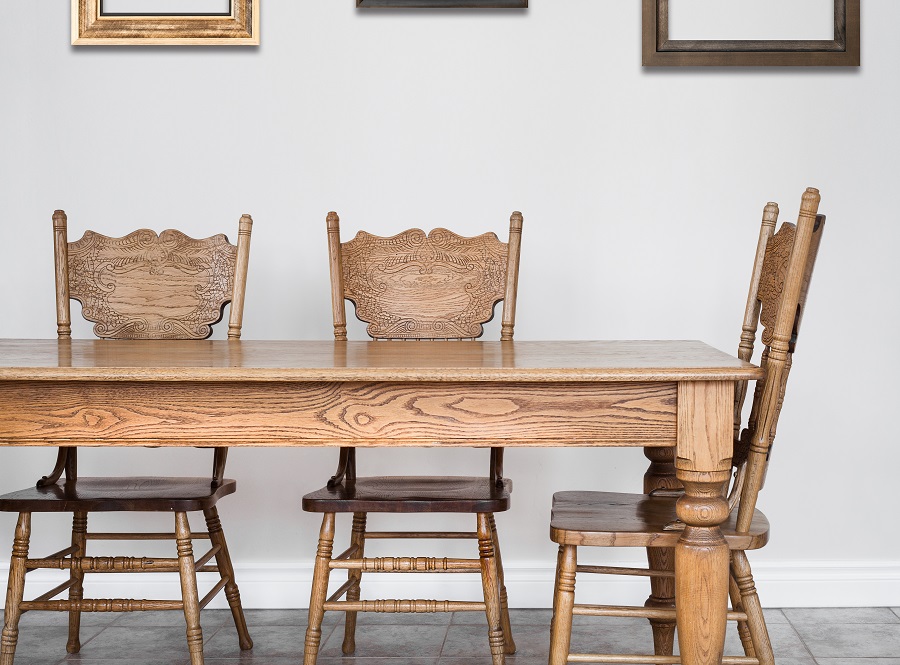
The choice of dining table depends on the space available
In order to make all diners feel comfortable and to ensure that they can get up and sit down at the table without disturbing other people, the table should be about 1 meter on each side. This space ensures that both sitting at the table and moving behind the seated person without being disturbed. The distance is measured from the worktop to the wall, object or furniture nearby. In the case of furniture, account should also be taken of the opening of doors, if the furniture will be accessed during the meal (cupboard where plates, cutlery, etc. are kept). This is the ideal situation, but the ideal is hard to find. For situations other than the ideal, a minimum space of 50 cm should be taken into account, a space that ensures sitting at the table, seating and normal standing up.
Tables come in different shapes - round, square, rectangular - and some are more suitable than others in certain spaces. Rectangular tables are best in a rectangular space, while round or square ones look much better in a square. If the space is large and the table area is delimited by furniture, architecture or interior design elements, the choice of table will depend on the space.
As such a table is primarily a piece of furniture, the aesthetic criterion is also important in the choice. The table should blend in with the decor and give a sense of harmony. This does not mean that it necessarily has to be in the same style or color as the rest of the furniture. Sometimes a splash of color or a different style is even appropriate in a space to avoid monotony. But they should blend harmoniously and not clutter the room giving the impression that nothing else exists.
Table in relation to seating.
It is the distance between the seat of the chair and the table top that determines the comfort of those sitting at the table. As tabletops can be of different thicknesses or construction solutions, both the distance from the seat to the underside and to the top of the tabletop should be taken into account. The distance to the underside is important for how we sit at the table and how well our legs fit under the table, while the distance between the seat and the top of the table top ensures that we are seated at the table and comfortable when eating.
The minimum distance from the seat to the bottom of the table should not be less than 9 cm. In this case the space is quite tight, but you can still sit. However, it is not pleasant for those who often change leg positions. At 12 cm things are fine, there is enough space even to move your legs. Ideally, 15 cm should be enough to allow the legs to fit snugly and to move them freely without making the table wobble. The width of the table is also important to avoid standing knee to knee with the one in front. The width of a table should not be less than 80 cm, and the choice of this value also depends on seating criteria, which I will come back to in a moment.
The distance from the seat to the top of the countertop should be between 24 and 30 cm. Any less than this means bending over too much to eat and this will lead to lower back pain. A distance greater than 30 cm will force us to raise our elbows when we eat, and an unnatural position will lead to pain and numbness in the arms and even neck pain. Here again, the optimal distance is 26 cm.
In general, most chairs are now built with a seat-to-floor distance of 48-50 cm and a table height of 75-80 cm. In principle the safety quotas are achieved, but it is best to check the fit when buying.
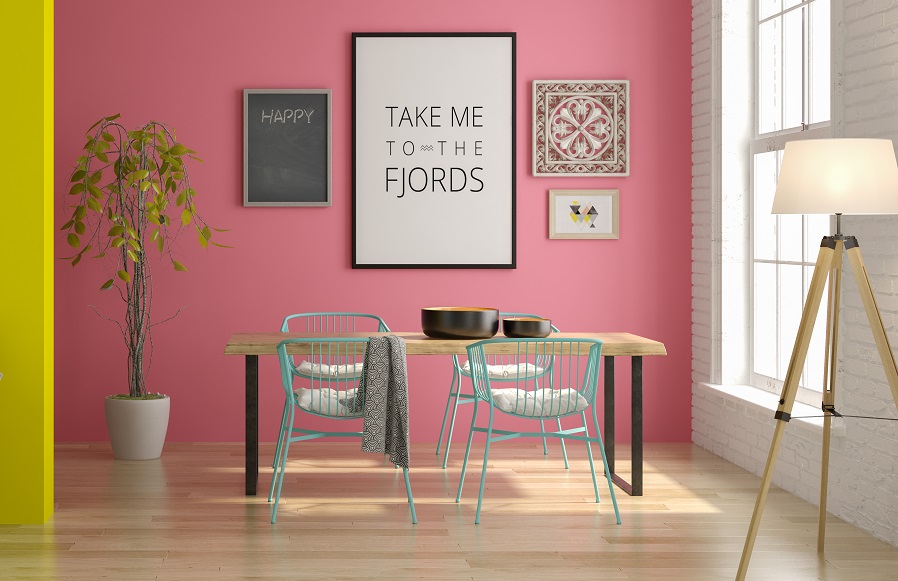
The space required for each person. Number of persons depending on the size of the countertop
In order for a person to feel comfortable at the table, the space allotted to one person should be 60 cm. We mentioned this and here, when we talked about seat sizes and what makes a comfortable chair. We choose the table of 2, 4, 6....n peers taking into account this criterion, but also how the legs are positioned. For rectangular tables, where people are also seated at the head of the table, a space of 30 cm of the length of the table should be allocated to each side. In other words, on each length of the table there will be 2 areas of 30 cm at each end, after which the remaining space should be a multiple of 60 cm.
Table space is also influenced by the table's support system. Rectangular tables with legs right on the corners make more efficient use of space than those with legs mounted on a frame smaller than the tabletop. Tables with legs or a central support system are even more permissive in terms of seating because people are no longer uncomfortable. The shape of the table also influences the number of people at the table. Rectangular and square tables are more efficient in this respect than round tables.
The width is also regulated. It is considered that a table should not be narrower than 80 cm because there will be no central space for platters or decorations. Each person should have 30 cm of table width for their own plates, cutlery and glasses. The width is calculated with this criterion in mind. Anything more than 2×30 cm is center space used for plates and decorations.
I know that when we're with family and dear friends, no matter how crowded we are, we still have a good time. 🙂 Still, I hope you find the information helpful and keep it in mind as you furnish your home or apartment. And if you want to talk more on the subject, write below in the dedicated space. I will definitely reply.



























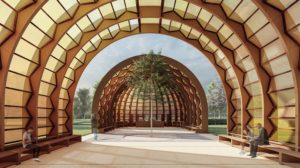
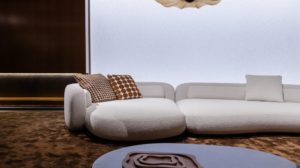



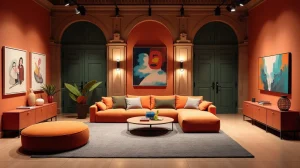



Congratulations on all the details! Very useful for estimating a dining space on a terrace 🙂
Thank you!